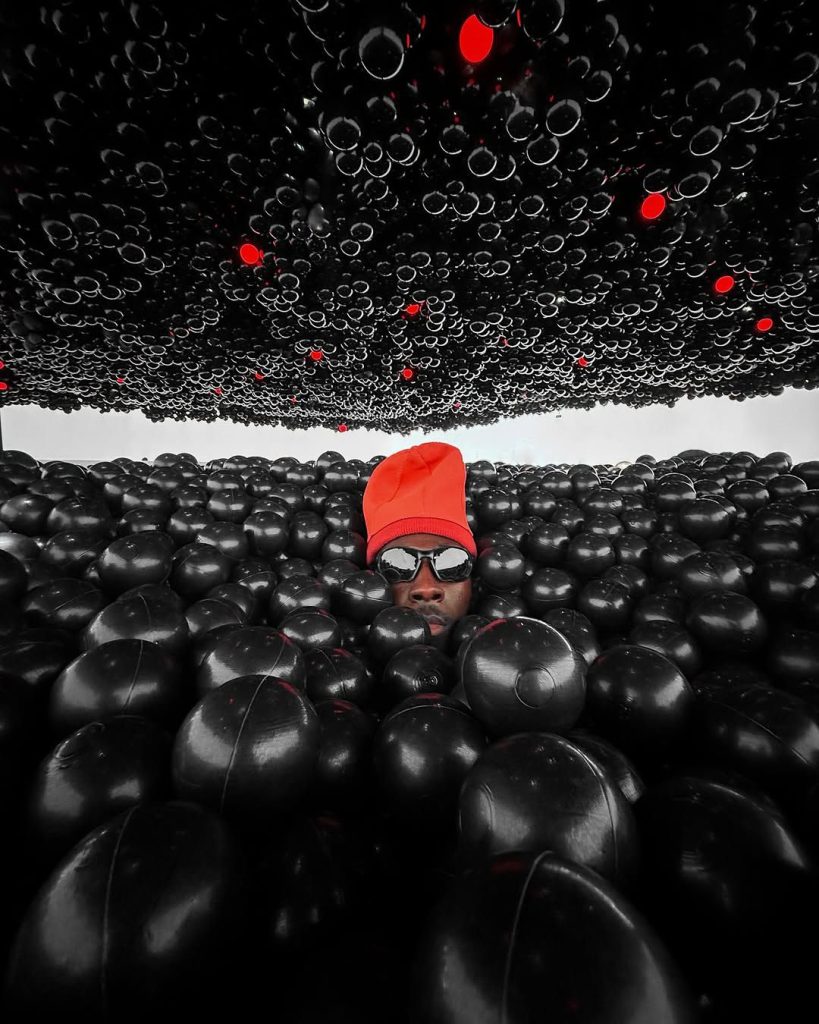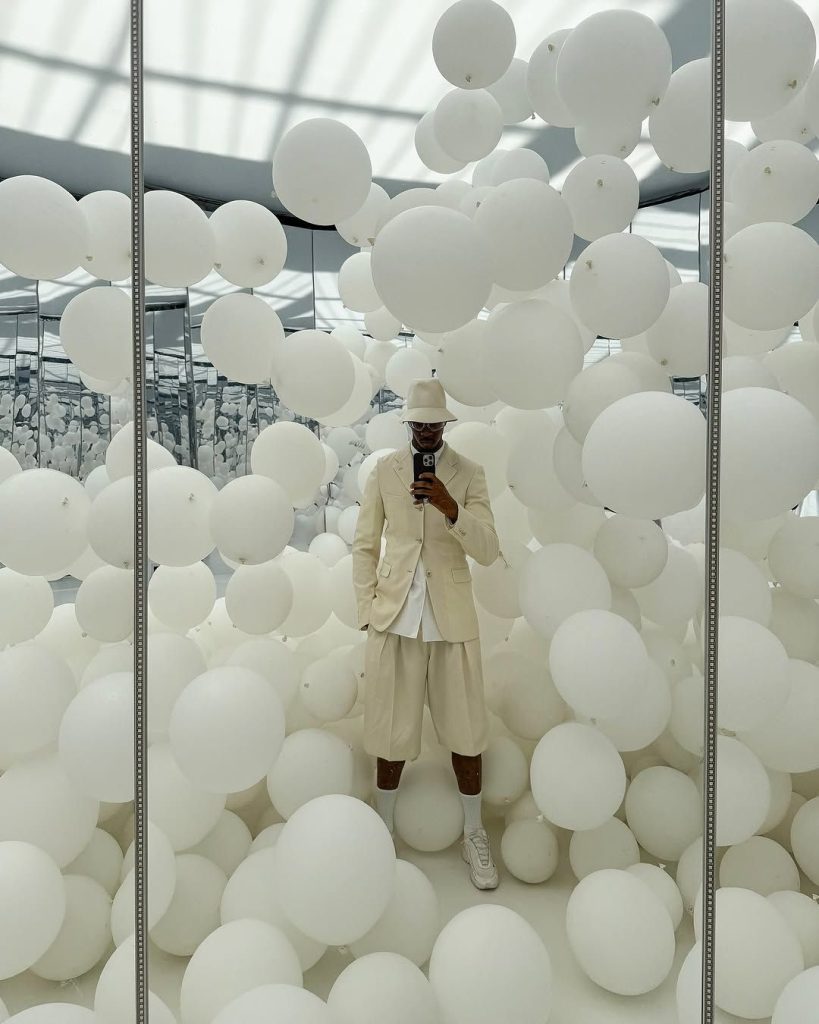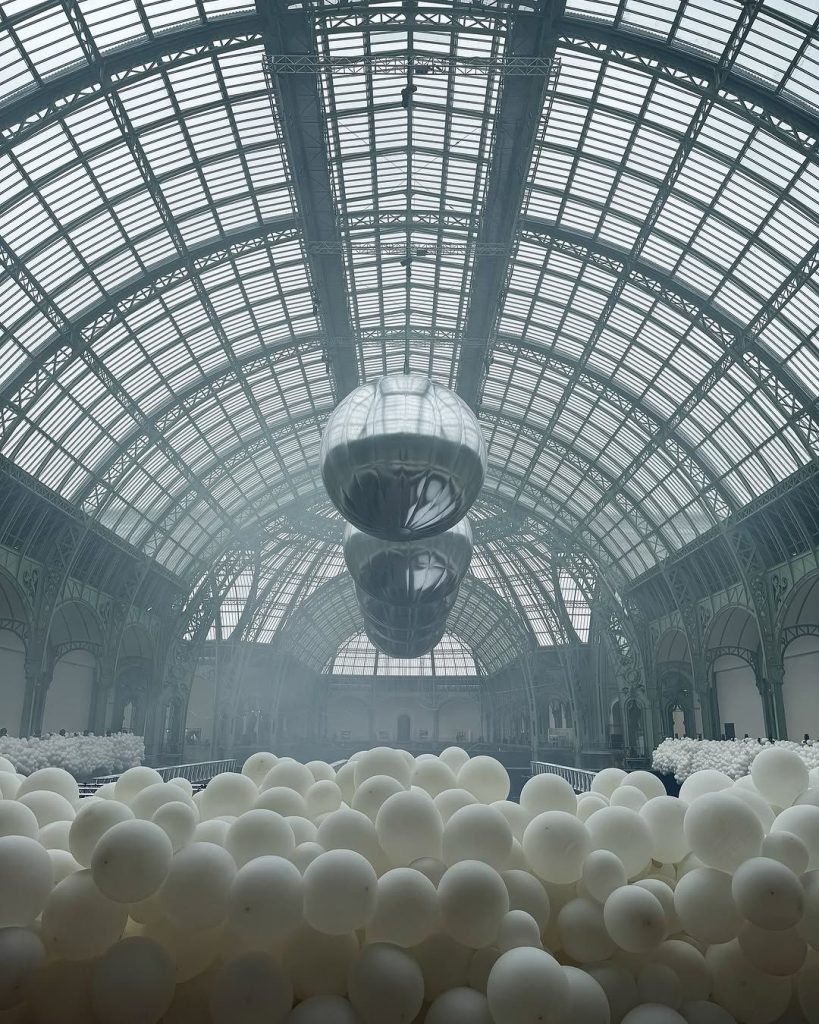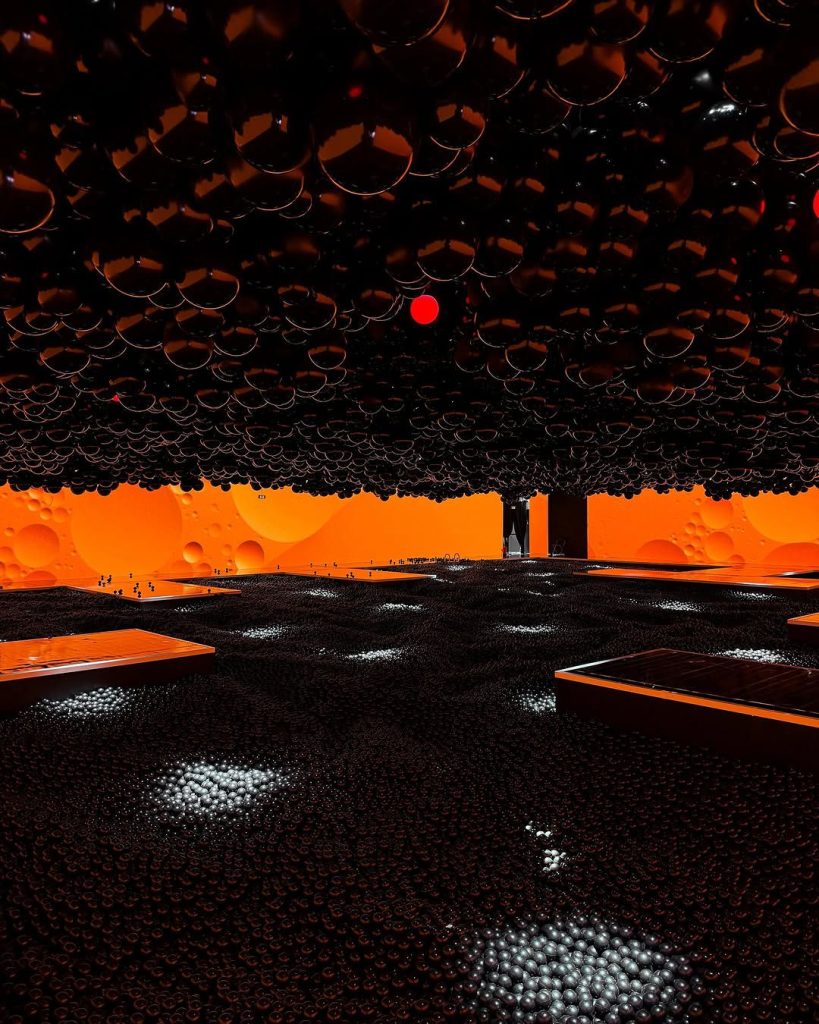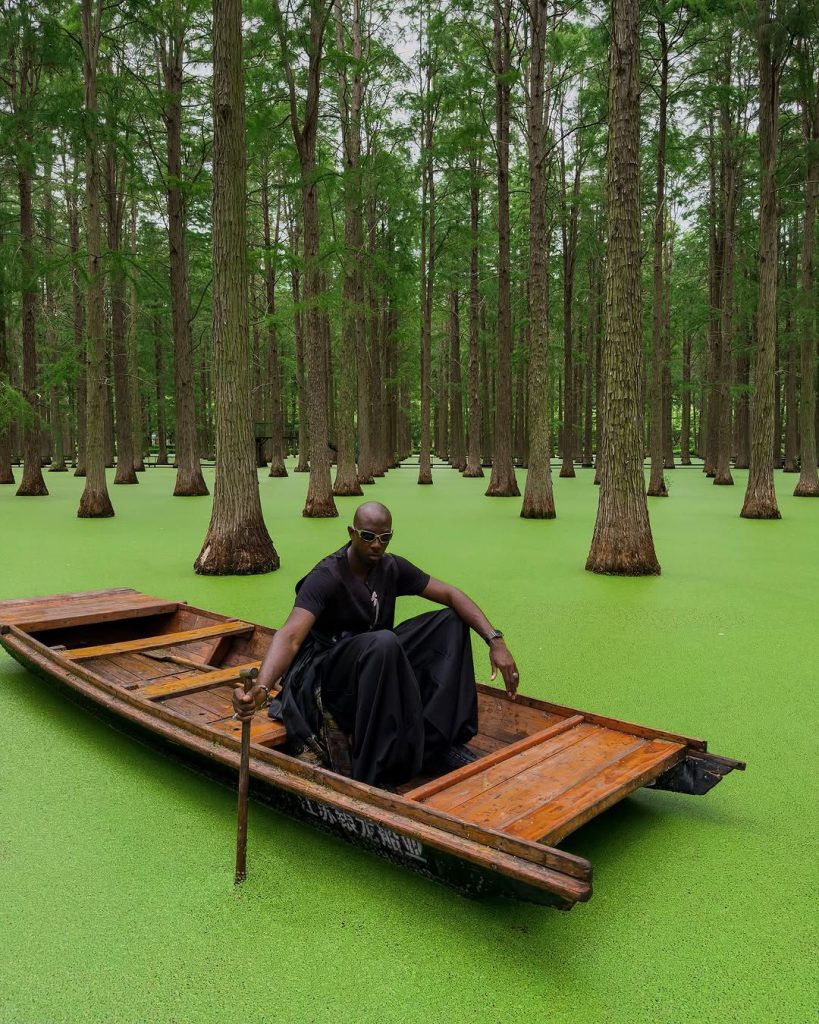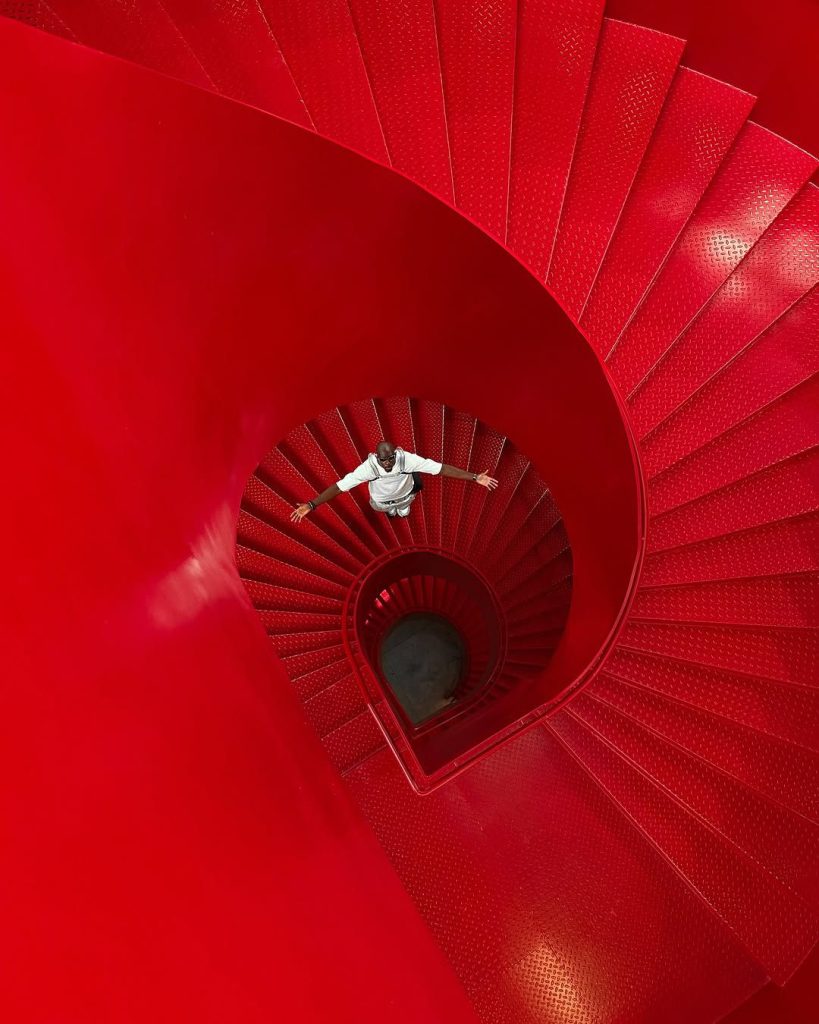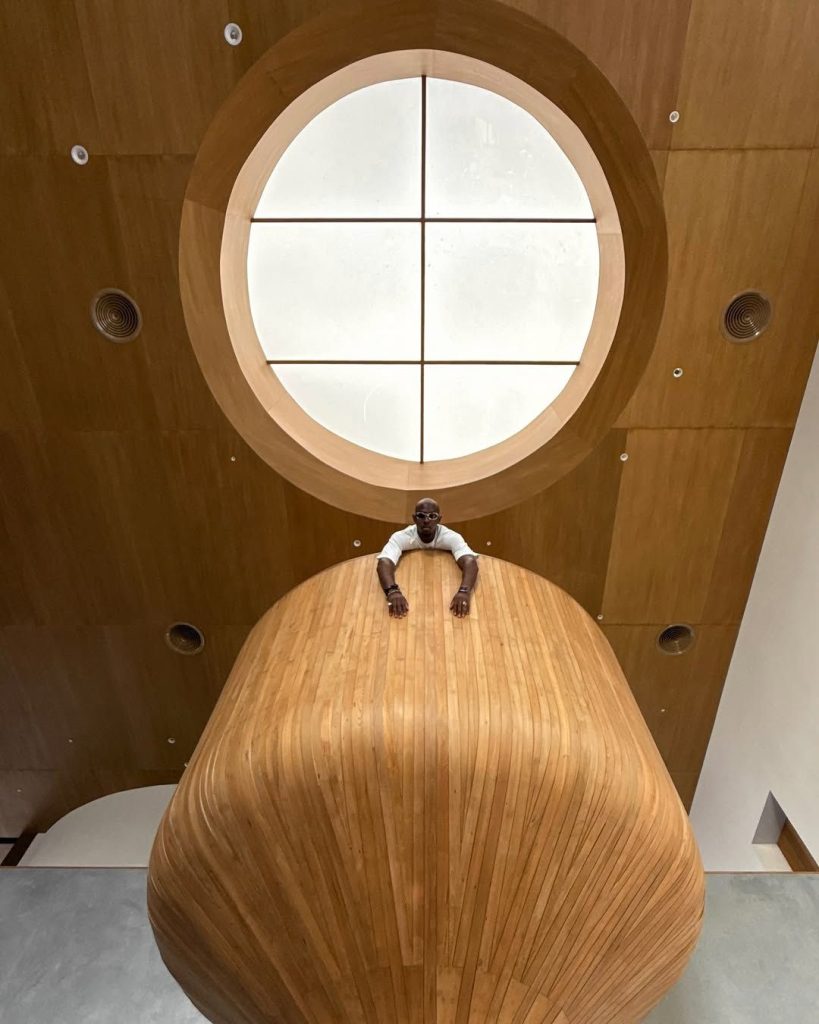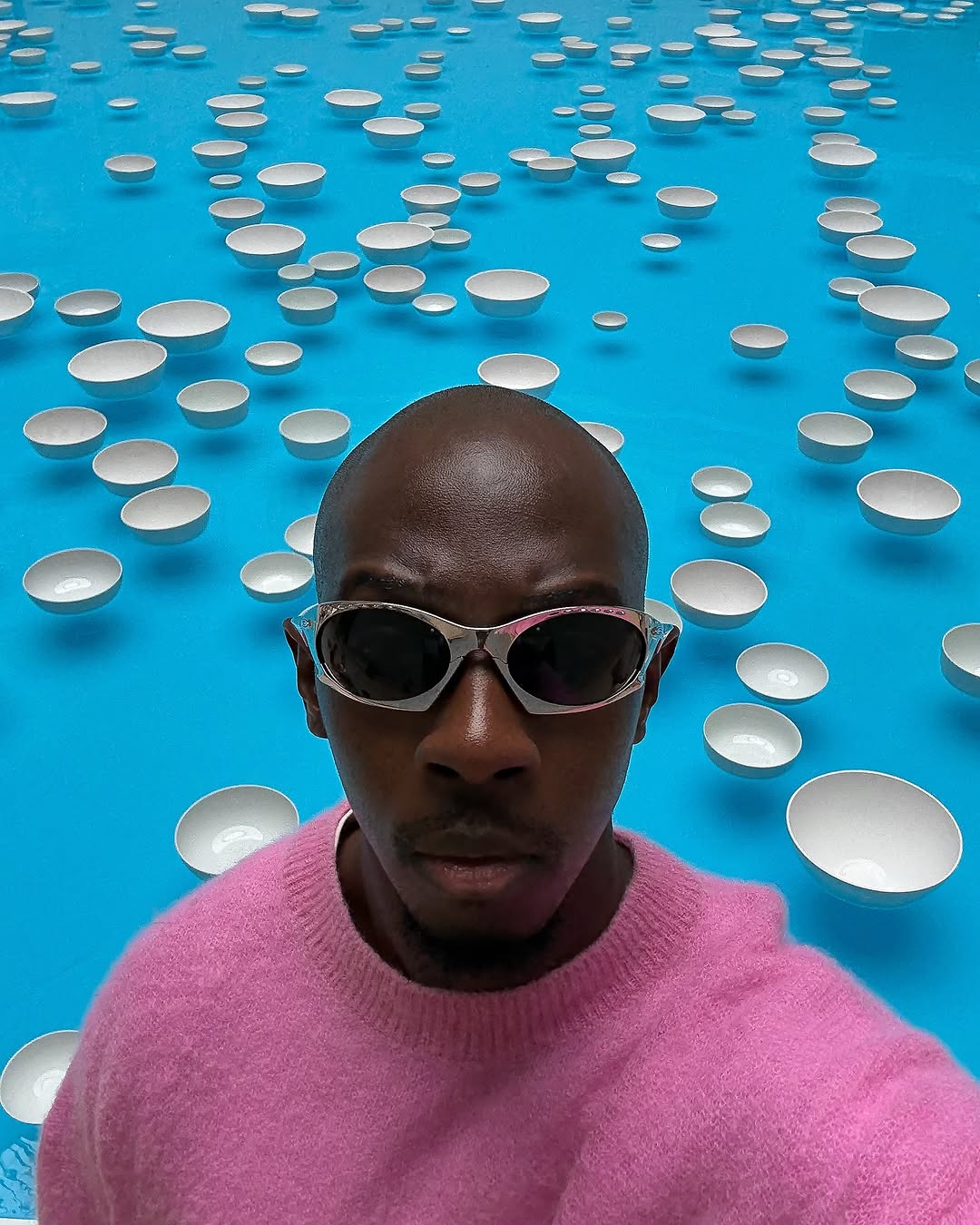As the Founder and Creative Director of NDJOLIJEAN, Jean Jacques Ndjoli has emerged as one of the most inventive voices in modern creative direction. His photographs are not just about a subject lit in a good light; they are immersive experiences, places that resonate with colour, dimension, and personality. What sets him apart is that spaces are not simply the background for his work but they are co-authors.
From early on, Ndjoli’s ambition was never to simply “take photos,” but to create new realms. His background, born of Congolese heritage and cemented in the Parisian creative scene infuses a sensibility that blends bold colour, playful geometry, and immersive design.
He talks about wanting “multivers joli” (a pretty multiverse), a place where spectators can lose themselves, discover something unexpected. And that impulse shapes how he picks, designs, or transforms his locations.
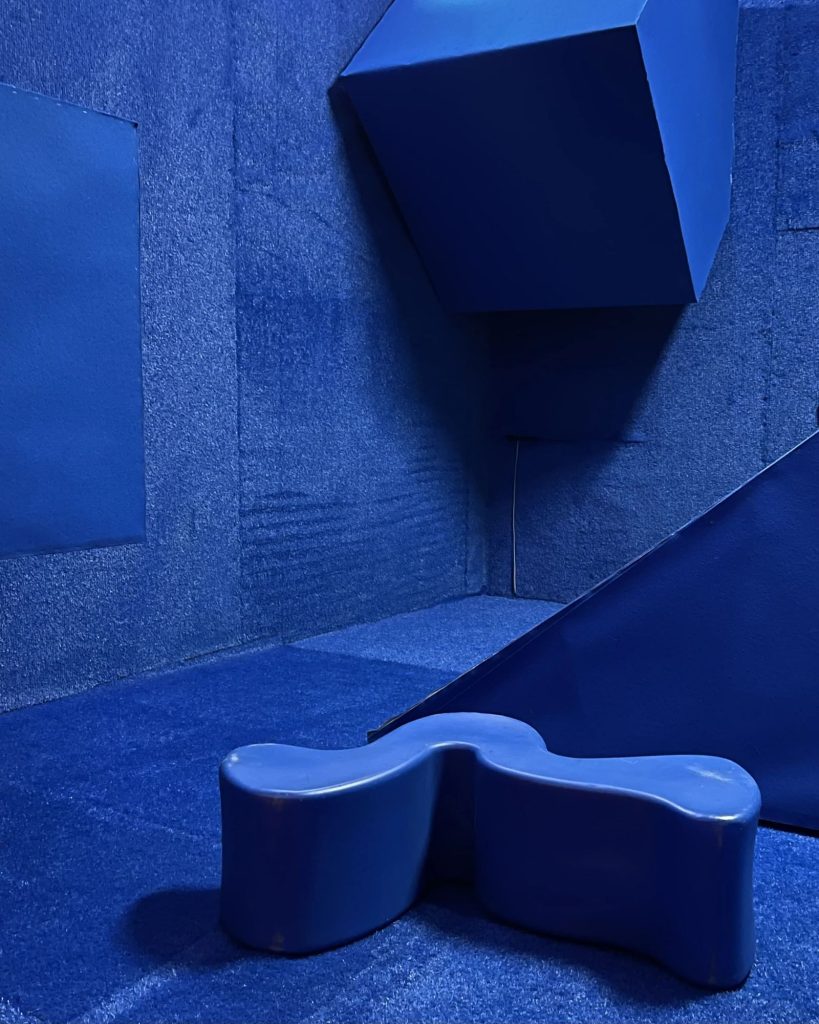
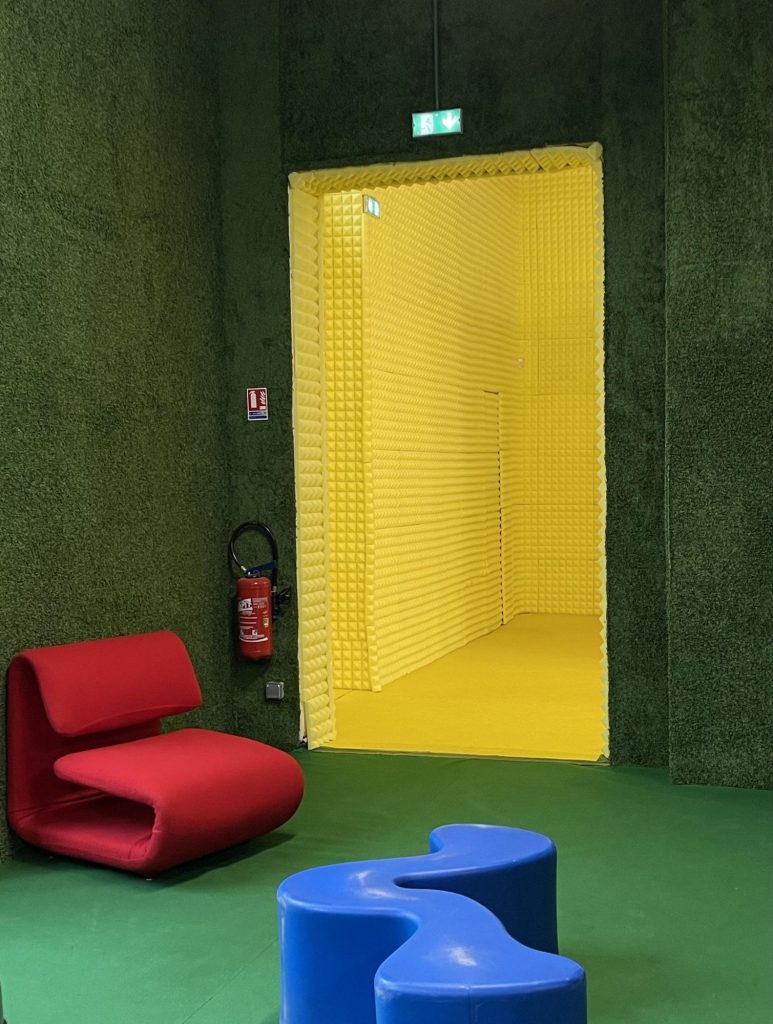
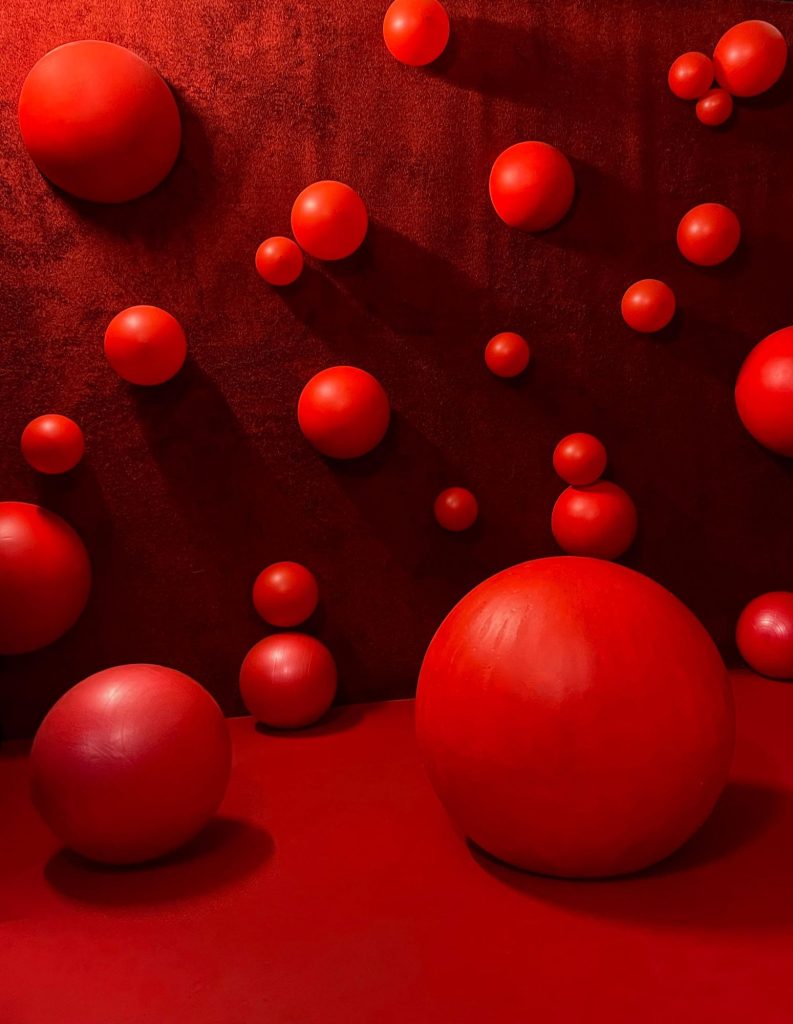
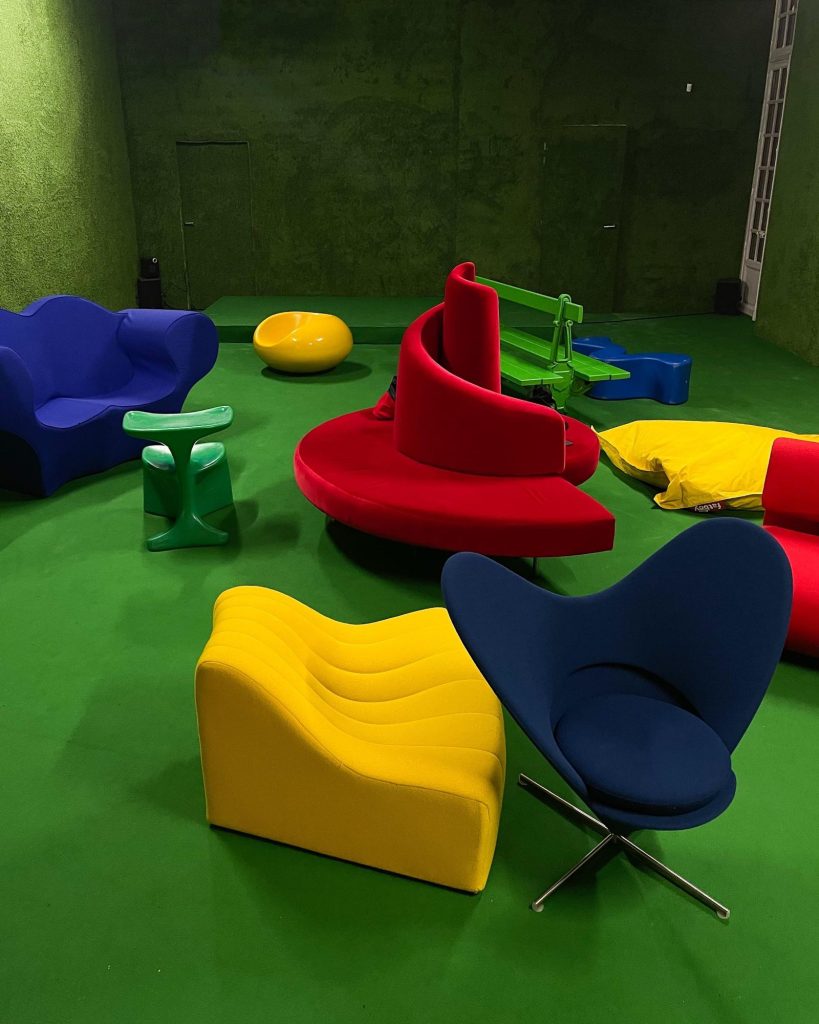
When Ndjoli stages a shoot, the space is never neutral. It becomes a living part of the narrative. For Fashion Week, for instance, he designed a space; a large hall bathed entirely in blue with vivid materials and dynamic lighting to set mood and tone; he created a kind of giant mirrored labyrinth.
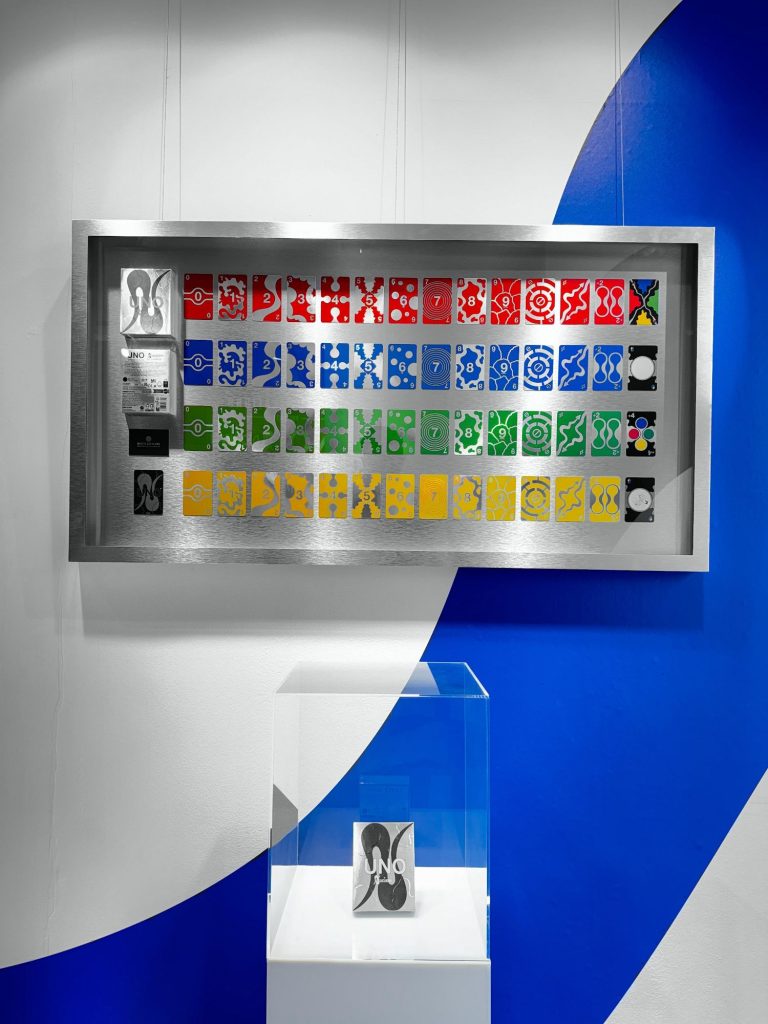
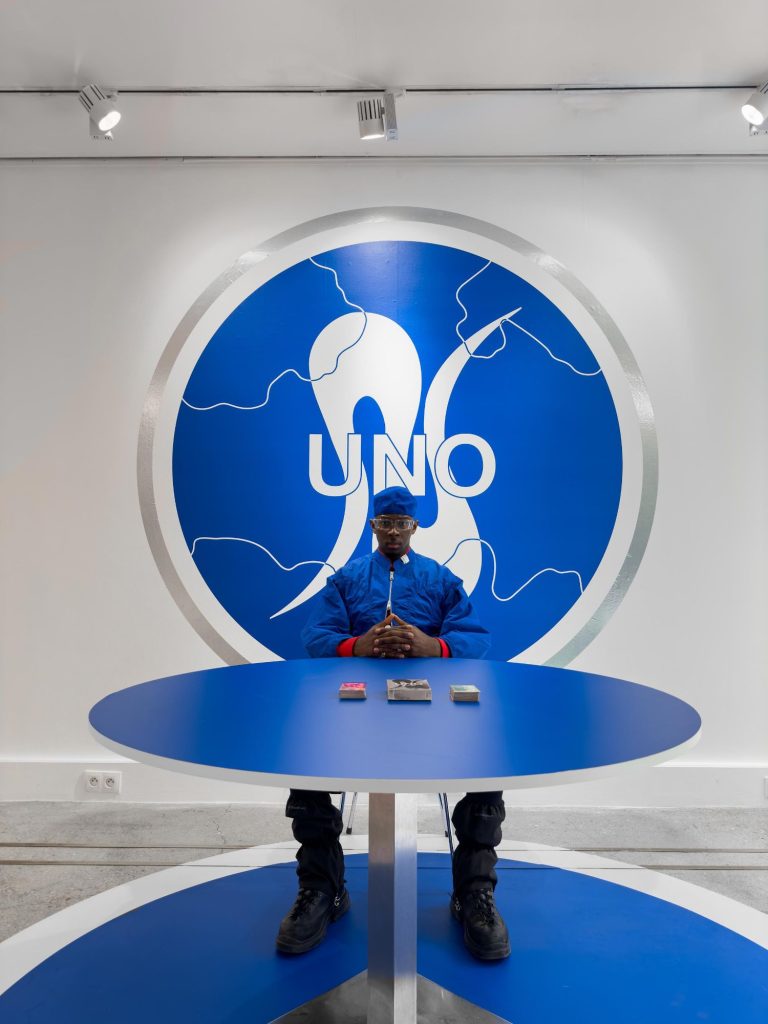
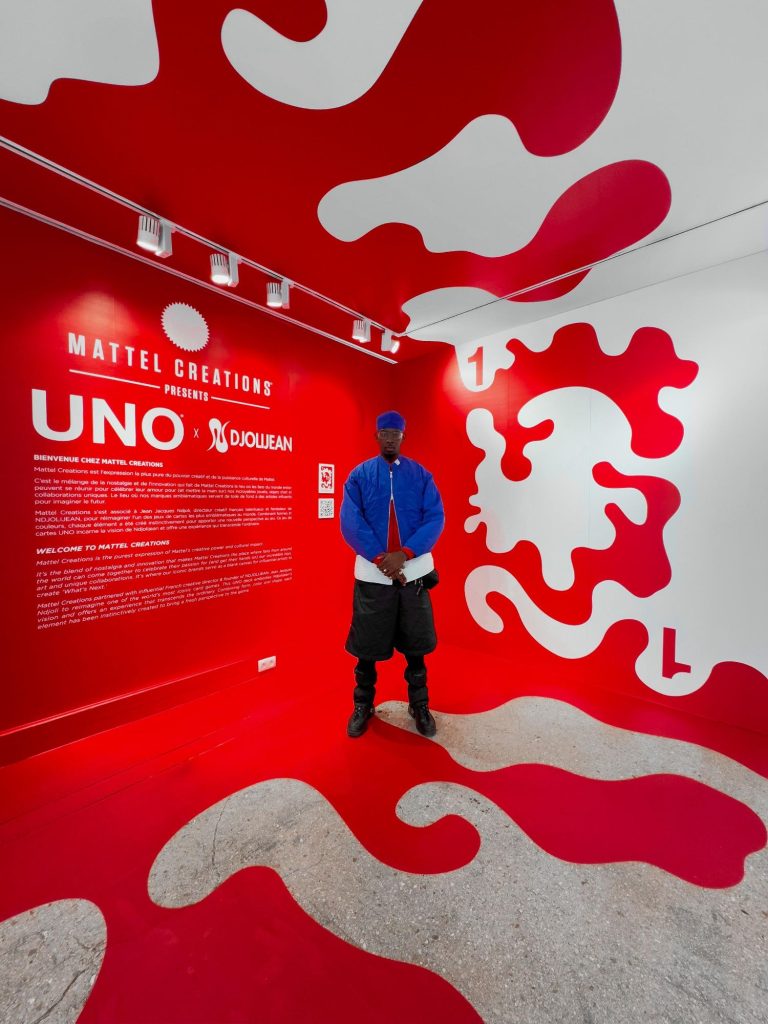
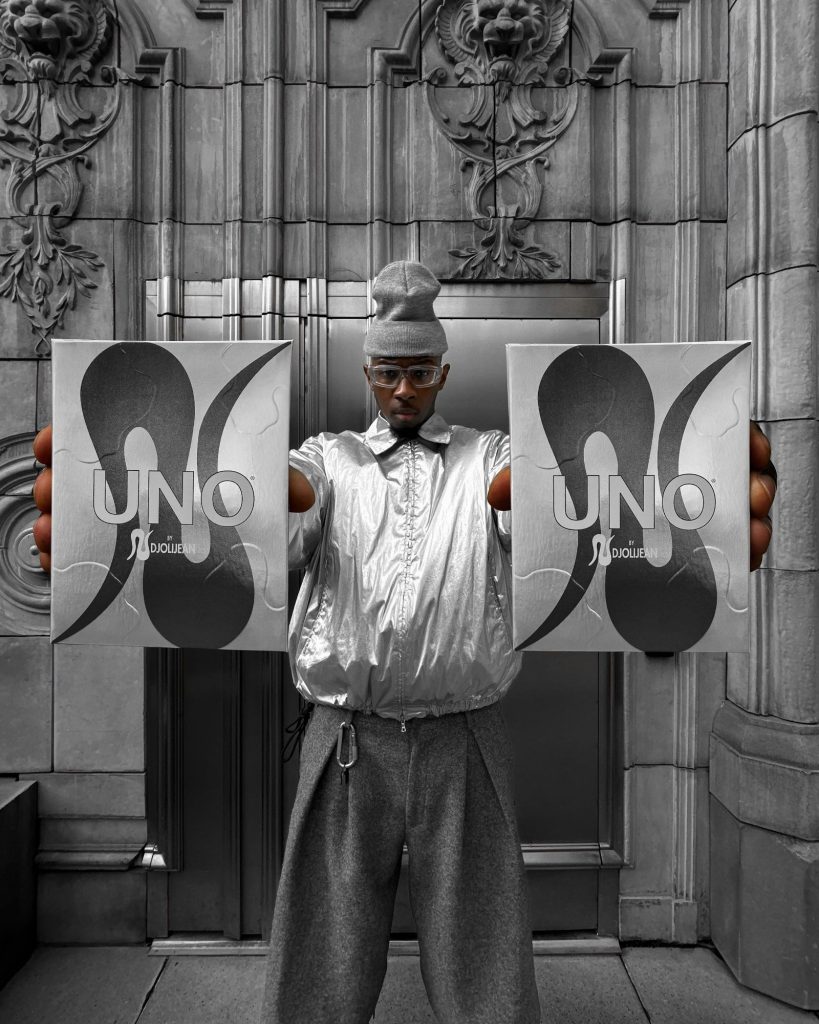
His collaborations often involve full spatial transformation. One example is the immersive environment created for Mattel’s UNO × NDJOLIJEAN project, where not only the product but the surroundings: the pop-up, the installations, the event space were all part of expanding the idea.
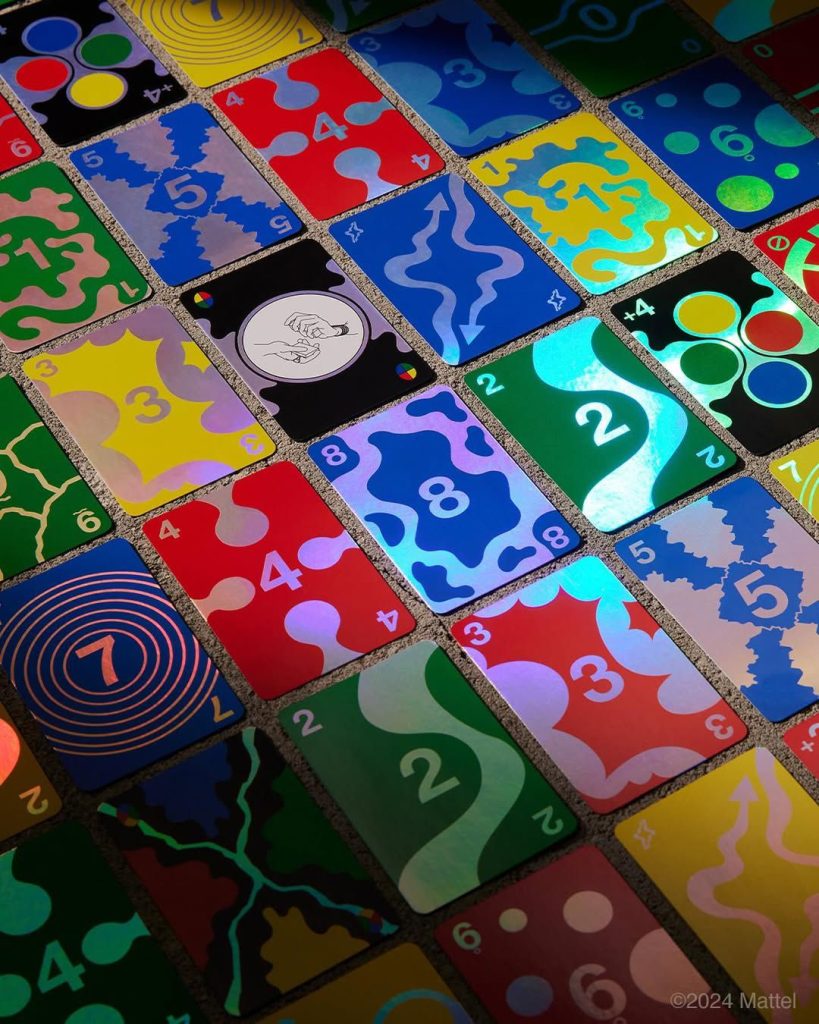
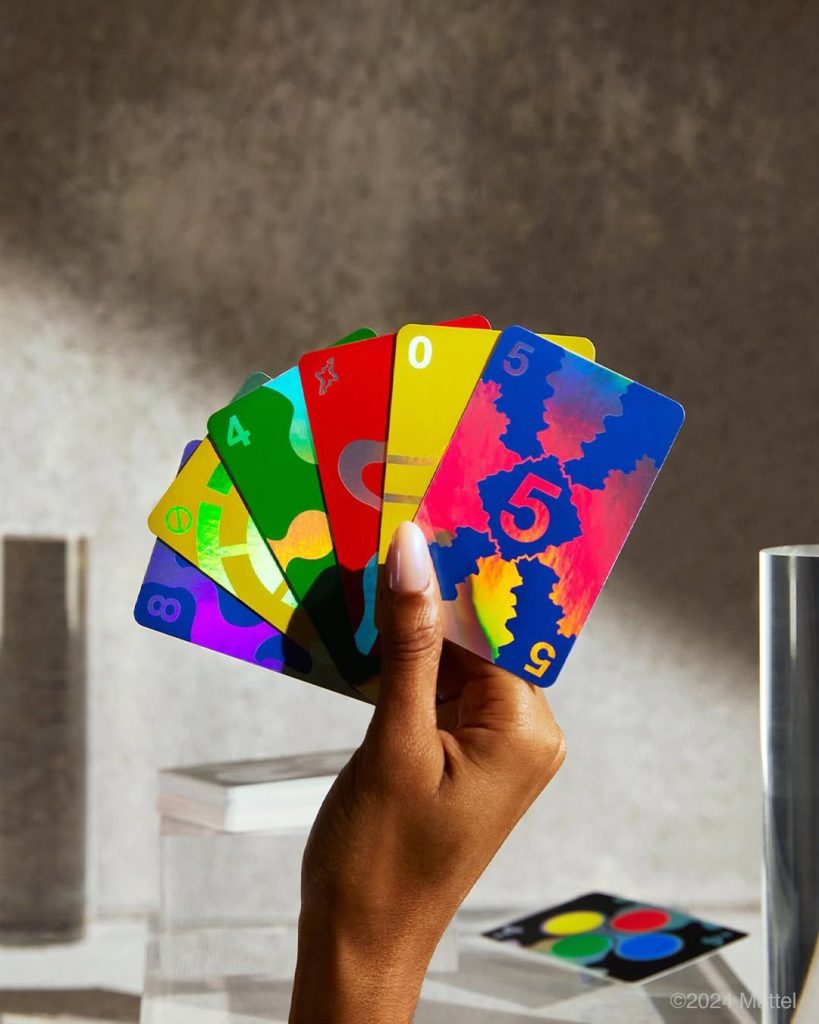
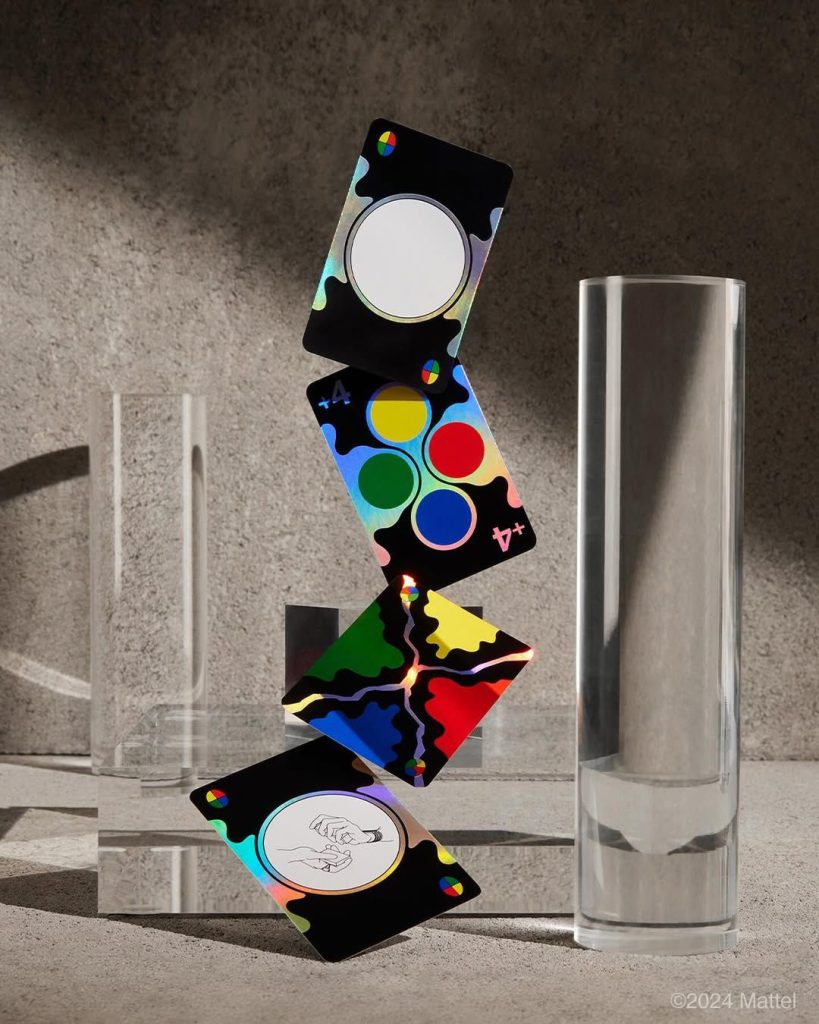
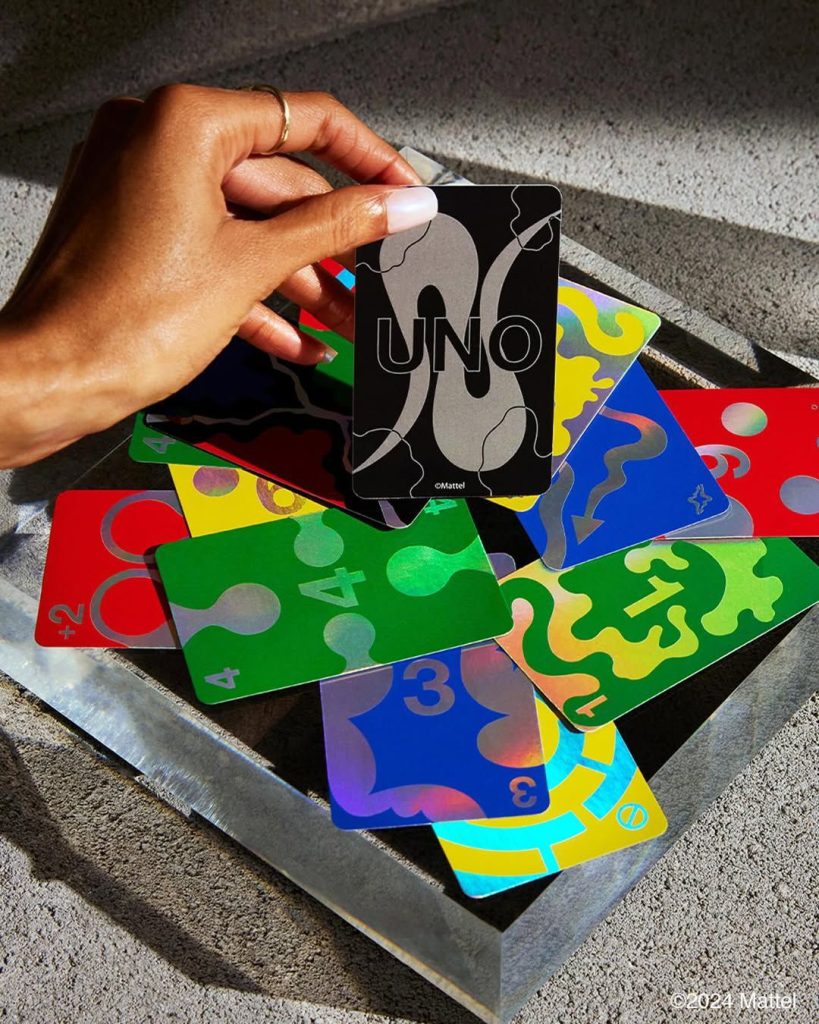
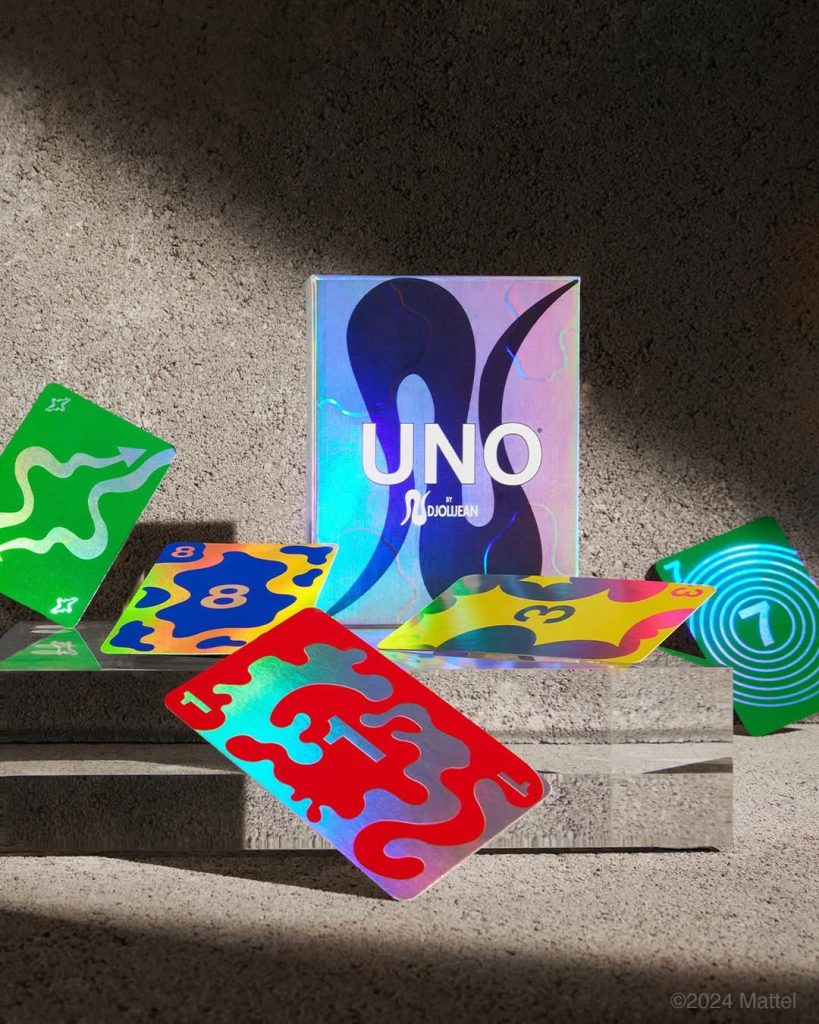
In another project for Instagram, Ndjoli took his feed off screen and recreated it in physical space. He did not just replicate the digital but built an environment where the visual identity of his work could be lived, walked through, and felt.
What makes his choice of space unusual isn’t only architecture or design, but how he interacts with it:
Contrasts of scale: Using large halls or open spaces gives room to magnify effects; mirrored surfaces, bold backdrops, and saturated colour blocks offer dramatic scale.
Immersive colour & material: The colours aren’t passive backgrounds: they are active, they echo, they reflect. Vibrant hues, perhaps unexpected textures, mirrors, reflections, sometimes surreal compositions.
Interactivity: Spaces are often made so that people move through them, not stand static. The labyrinth-mirror concept for Fashion Week is a good example. Pop-ups that let visitors live the art.
Collaboration + narrative builds: The space is shaped alongside the concept. For UNO x NDJOLIJEAN, materials, colours, lighting, even the packaging are part of the same artistic thread.
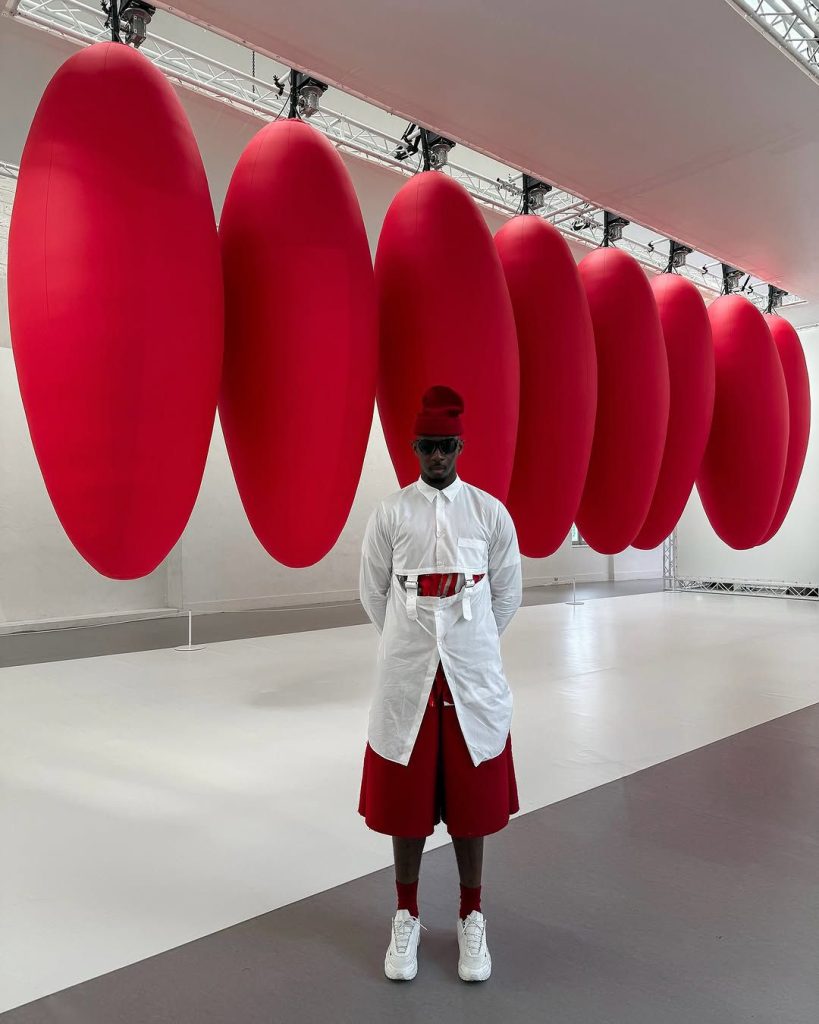
Underlying the spectacle is identity. Ndjoli brings in his heritage, his aesthetic influences, his desire to cross cultural boundaries. His work has been featured in Vogue Paris, GQ, etc.; he works with brands like Comme des Garçons, Lacoste, Levi’s, and Instagram. He challenges the conventional by insisting that his spaces tell stories that are personal, surprising, and even generational.
He once said he took a risk following a path that wasn’t clearly laid out in school; he did not feel at home in formal education, but he pushed into creative direction, art, visual communication. That risk shows up in how he treats space: not as something given, but as something to be remade, interrogated, reinvented.
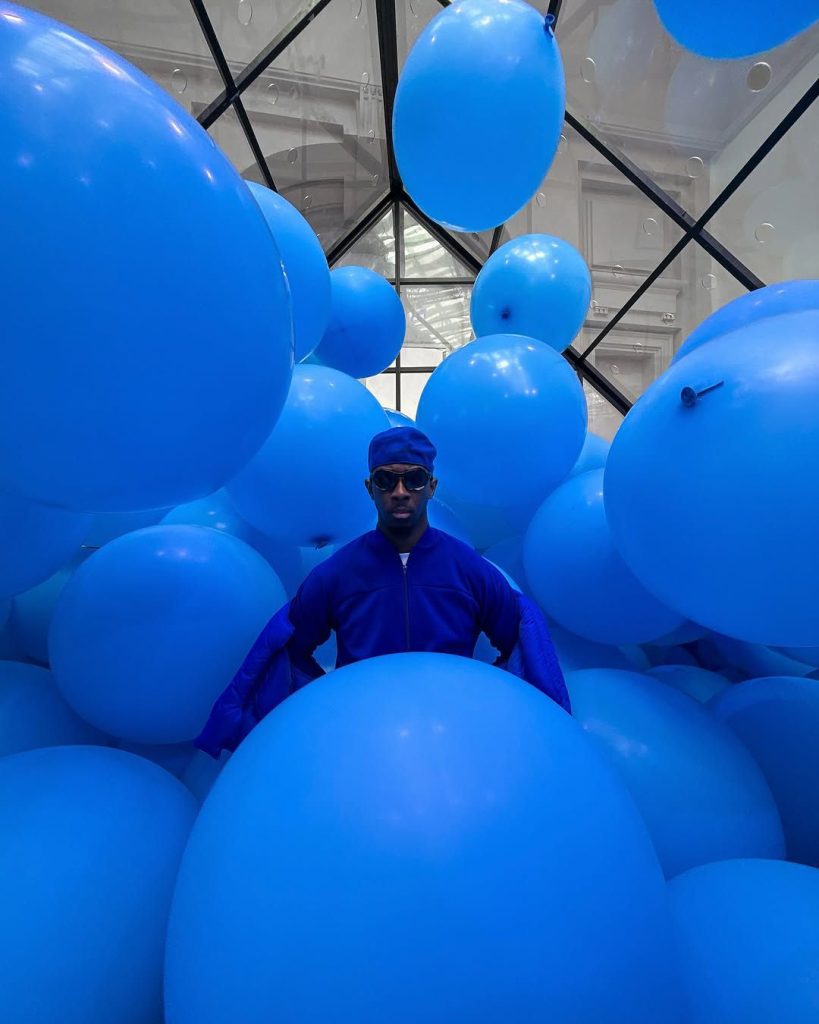
What Makes His Photography & Spaces Unique:
1. Holistic design – background, props, lighting, interactive elements all part of one unified vision.
2. Spatial storytelling – the environment isn’t secondary; it carries narrative weight.
3. Boldness & colour – shock or delight with something unexpected; saturated colour or contrast makes the frame sing.
4. Immersivity & scale – making the viewer feel inside the image; not just looking, but being.
5. Cultural lens & identity – what he creates isn’t aesthetic alone; it is identity, heritage, and voice.
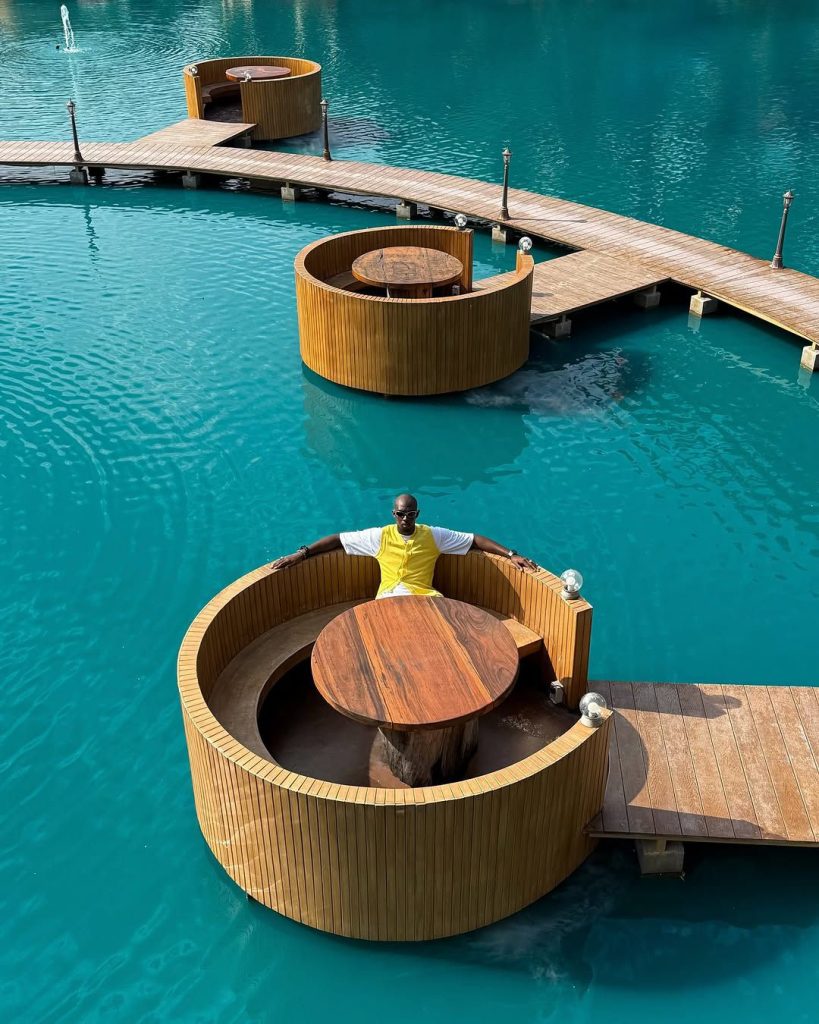
In an era when so much imagery is flattened: scrollable, instantaneous, filtered, Ndjoli’s work reminds us that place, space, dimensionality, and physical presence still carry power. He offers more than an image; he gives a moment, a room you might want to step into, linger in. For brands, for art lovers, for anyone who consumes visual culture, that’s a gift.
Ndjoli is a signal of something larger: the resurgence of experiential visuals, architecture as art, and identity as environment. He’s not just photographing; he’s constructing new imaginaries.
Click here to follow Ndjoli
Click here to visit his website.
See more photos below
